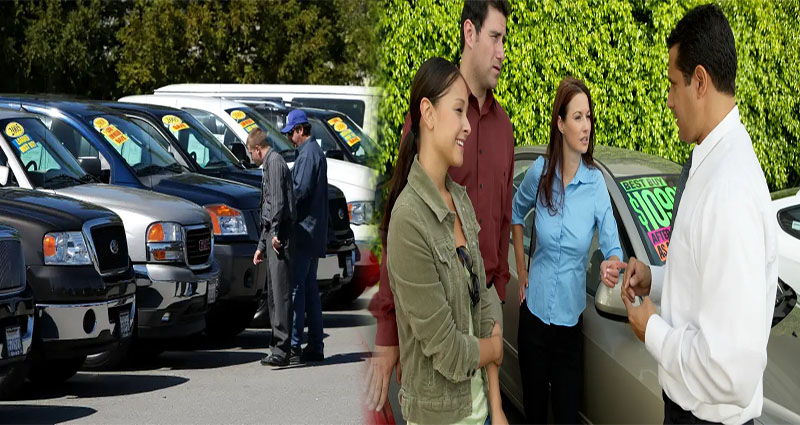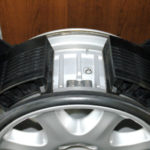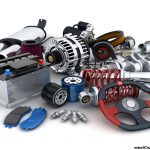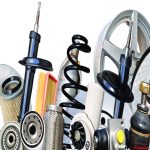When you’re looking to buy a used car, it can be hard to know where to start. Here are some tips for buying a used car with confidence:
Know what you want.
Before you start shopping, make a list of the features you want in your used car. This can be anything from how many doors it has to how many cup holders or airbags are included.
The next step is to decide what kind of vehicle will best suit your needs. Do you need something for commuting? Or will this be more of an occasional trip vehicle? If so, do not purchase a large SUV or truck if there isn’t room for passengers in the backseat! Also think about where and when the car will be driven; if it’s only going to be driven on short trips around town with little traffic then buying an expensive sports car might not make sense.
Next comes budgeting: how much can I afford as my down payment and monthly payments after taking into account insurance costs (and other monthly payments)? Credit score also plays into this equation since lenders will look at how often borrowers have made their payments on time before deciding whether or not they’ll give them another loan offer–this is why it’s important not only keeping track but also working towards improving one’s credit score over time by paying off debts while avoiding new ones altogether wherever possible.”
Inspect the interior, engine and exterior of the car before making an offer.
Once you’ve checked out the exterior, it’s time to take a look inside. Here are some things to keep an eye out for:
- Dings and scratches on the interior (and exterior) of your car can be repaired by a body shop, but they could cost you hundreds or thousands of dollars if they aren’t fixed before purchasing!
- Check for stains on seats, cracks in dashboards and other signs of wear – these will all add up over time as well.
- Rust or corrosion around door handles or other areas where water tends to collect is also something worth looking into; this could mean expensive repair bills down the line if left unaddressed now!
Check for history reports and other records.
- Check for history reports and other records.
- A clean title means that the car hasn’t been in an accident or had liens placed on it by a bank, which could make the vehicle difficult to sell or trade in down the road.
- You should also check if there are any recalls on your prospective used car purchase; these can be found on websites like safercar.gov, which lists all vehicles affected by manufacturer recalls that have been issued since 2000.
Use a trusted mechanic to inspect a car you’re interested in buying.
When you are buying a used car, it’s important to have it inspected by a trusted mechanic. A reputable mechanic will be able to identify any problems with the car and let you know if there are any issues that should deter you from purchasing it. If they find damage that wasn’t disclosed by the seller, they can also inform them of their right under state law to receive compensation for their loss.
You should ask your mechanic:
- How long has this car been sitting? Do they think it was driven regularly or just sat in storage? This will help determine whether or not there is any rust on the frame or body panels of the vehicle which could lead to further repairs down the road as well as reduce its value overall since those problems would need fixing before selling again (or even driving).
- How often does he recommend changing oil in older models like this one? If it hasn’t been changed recently then check out how much more expensive new filters might cost compared with what’s already installed so far; sometimes changing only one filter at first makes sense financially but other times not doing so leads directly towards larger bills later down line when doing multiple replacements instead.”
Pay by cash and don’t use credit cards when buying a used car.
The first thing you need to do when buying a used car is pay by cash. If you pay with a credit card, the dealer can charge you higher interest rates and fees that will add up over time. This means that if you pay for your car in full with cash, there won’t be any additional costs associated with financing or paying off loans later on down the line–and this makes it easier on your wallet!
You should also avoid using any sort of financing when purchasing a used vehicle because there are many benefits associated with paying out-of-pocket instead:
- You can negotiate better prices since dealerships know they won’t get paid until after they sell their cars (which means they’ll have less money coming in).
- You can avoid high interest rates if something goes wrong with your purchase later on down the line due to lack of protection offered by banks or lenders like Capital One Financial Corporation (NYSE:COF)(Capital One).
Buying a used car is not as scary as it seems, but it takes some research to get the right car for your needs and budget.
Buying a used car is not as scary as it seems, but it takes some research to get the right car for your needs and budget.
The first step is research. You should know what kind of car you want before heading out to look at vehicles. Do some online research and ask friends who own cars similar to yours what they like about theirs and what they would change if given the chance.
Once you have decided on a type of vehicle, find out where used examples are available in your area by searching websites such as Craigslist or Autotrader (or even Facebook Marketplace). Make sure that any vehicle you’re considering has been inspected by an independent mechanic before buying it–even if the seller says he has already had it checked out! This will help ensure that there aren’t any hidden problems lurking under its hood or undercarriage when driving off into sunset with your new ride
Buying a used car is not as scary as it seems, but it takes some research to get the right car for your needs and budget.











